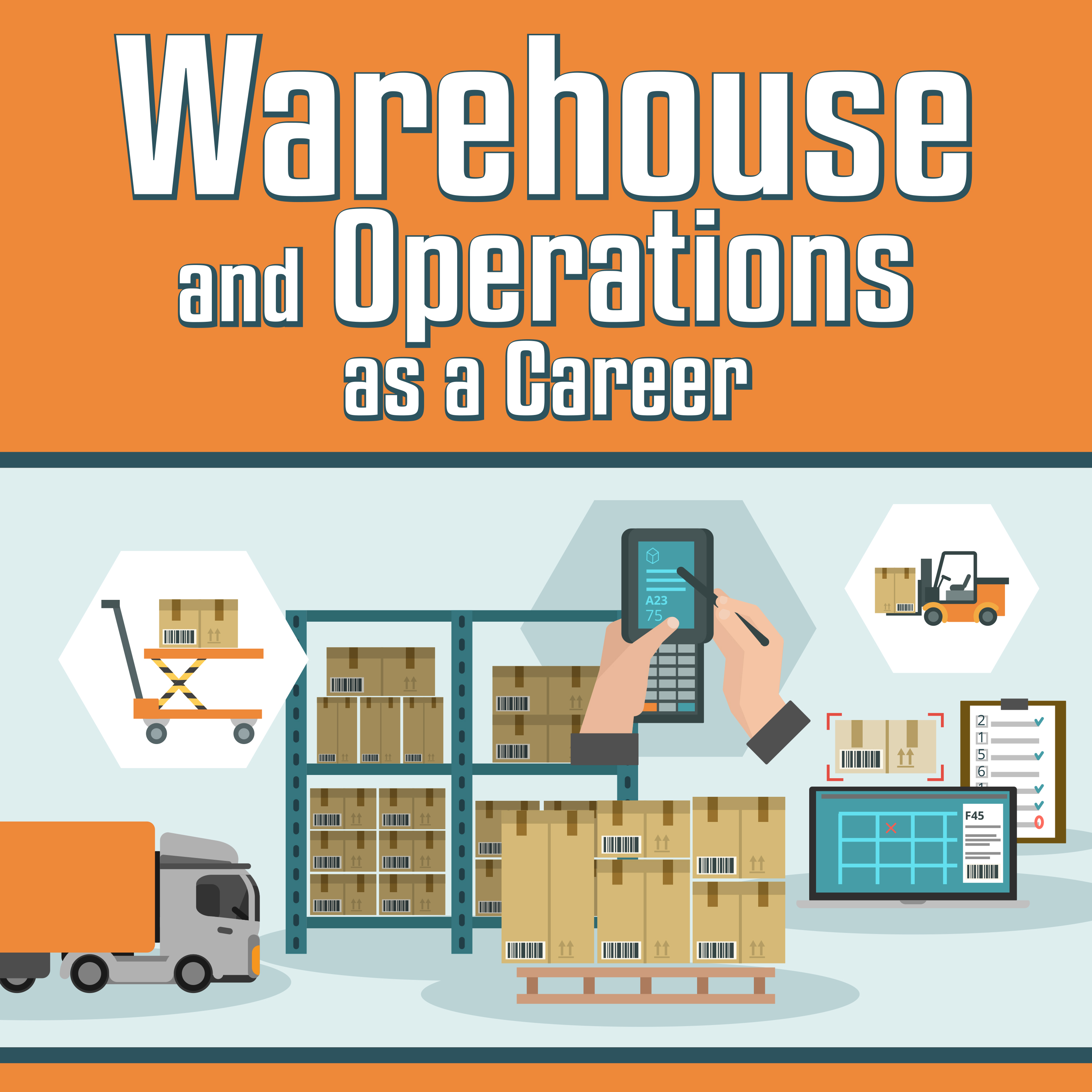The Clamp Forklift

b'Thanks for checking back with us here at WAOC this week, I\\u2019m Marty T Hawkins, I hope everyone\\u2019s having a great one! I\\u2019m not sure what all we\\u2019re going to end up talking about today, I want to talk about the Slip-sheet and Clamp trucks for sure and I\\u2019ve got a few more bullet points in front of me but I wanted to share a quick story I got this week. So here\\u2019s the scenario, An Order Selector sharing \\u201cso I decided to give all that planning and goal stuff a shot. In December I decided to write out what I wanted to do in 2019. In January I started speaking up at my start up meeting, I used a few of those topics I heard on your Podcast. I quit talking in the aisles and focus on every batch now. I\\u2019m pulling 60 more cases an hour and I have not had a mis-ship this month, and only 1 short, which I\\u2019m sure the driver just didn\\u2019t deliver. I\\u2019m making a little over $2/hr more so far this month in incentives, I\\u2019ll be listening all year. I love hearing a good success story, I\\u2019ve reached out to a few listeners that\\u2019s working their plans and I hope to maybe even have 1 or 2 of them join us for an episode. If you have or know of a successful goal and plan coming together shoot us an email to host@warehouseandoperationsasacareer.com so I can share it with the others!
\\nOK, the slip sheet and clamp attachments. We\\u2019ve spoken about the slip-sheet before, our friend Lavoil, quite the professional operator shared his expertise with us back in episode 56 so let\\u2019s talk about the clamp truck this week! I\\u2019ll include two resource articles in todays show notes in case you\\u2019d like to check them out. One from https://www.toyotaforklift.com/blog/under-pressure-choosing-the-right-clamp-force-control-type and one from https://raymondhandling.com/learn/library/what-is-a-carton-clamp-and-why-do-i-need-one/ I learned to operate the clamp on an old Hyster, unloading washers and dryers from rail cars. I loved that job, now back then we didn\\u2019t have automatic adjustments and pretty much had to work with our maintenance men to adjust pressures, it wasn\\u2019t difficult but we could only adjust the squeeze or I think our maintenance guy called it capture pressure by only a few pounds on my particular lift. But that worked out fine because my lift pretty much only moved washers and dryers all day!
\\nMore and more companies are using the slip sheet or clamps now for their productivity. In many instances you can remove the manual unloading step within a floor load by driving into the trailer, clamping the load, bringing it out and placing it on the pallet. And that was the tricky part for me with the washer and driers, I\\u2019d place them on a custom pallet, it\\u2019d hold two side by side, and then I\\u2019d pick up the pallet with the clamp and move it over to the staging area for a forklift to haul it over to the aisles. Anyway, so on a clamp truck your hydraulic controls operate the squeeze of your clamps. I\\u2019ve seen some attachment units use the side-shift system be used for your clamp pressure. In many instances your going to be using a sit-down or stand up lift with an attachment. Something your maintenance department has installed on a older lift maybe. Now there\\u2019s some really nice and fancy units out there, and there great in a high volume facility that\\u2019s primary using clamps but I\\u2019ve only experience their use as an additional tool or unit, maybe being used like 20% of the day.
\\nThe paper industry has some high tech machines. You can lift those huge round rolls, rotate them 180 degrees and store them on top of each other with them. All digital and programed for the item and weight your carrying or lifting.
\\nI\\u2019ve worked around Carton Clamps mostly, and there really the most versatile of all the clamps. A few of others commonly used are the Fork Clamp and its really best for those awkward loads. It lets the operator position the forks to clamp on to the product, really helping with wear and tear on the pallets.'